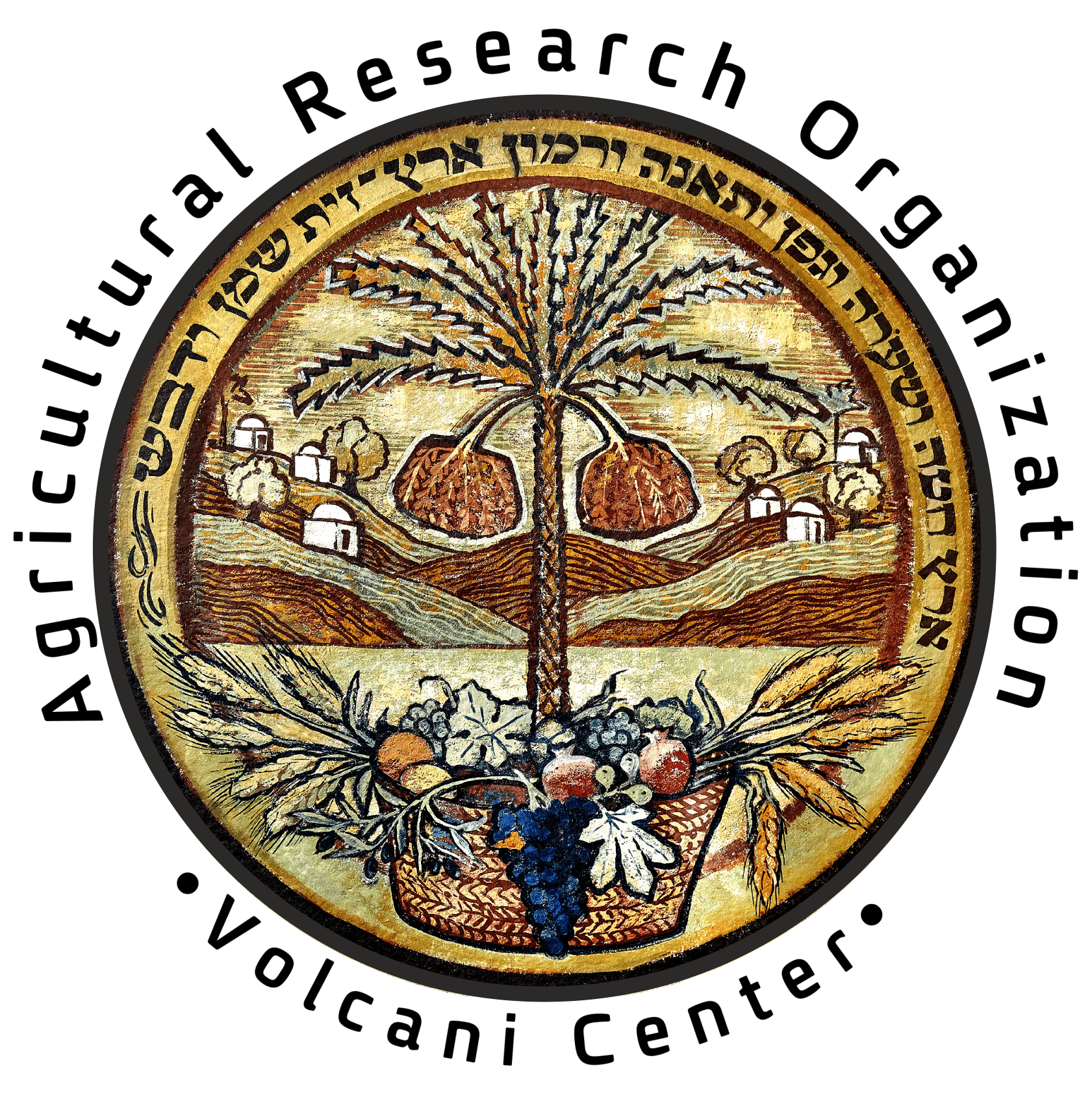1. Current research projects with my participation:
-
A novel integrated system to valorize anaerobic digestate for its safe reuse in agriculture
-
Integrated multi-channel fluorescent and Raman sensor for in-line monitoring of water mixtures for field irrigation uses
-
The impact of different agriculture practices on soil health, their carbon footprint, and the resilience of the agriculture system
-
Assessment of decomposition rates of plastic materials in composting processes and the development of rapid biodegradation tests
2. I am very interested in
-
using IR spectroscopy of bulk soils combined with a nonnegative multivariate curve resolution (MCR)/nonnegative matrix factorization (NMF) to relate IR spectra to soil properties, with a particular focus on soil organic matter, carbon storage and sequestration. There is a huge potential: the MCR/NMF techniques allow to link a spectrally-identified composition of soils (as well as other environmental matrices) to their properties in a non-(less-) empirical way.
-
Lado, M., Sayegh, J., Gia Gadñay, Ben-Hur, M., Borisover, M. (2023). Heat-induced changes in soil water-extractable organic matter characterized using fluorescence and FTIR spectroscopies coupled with dimensionality reduction methods. Geoderma, 430, 116347.
-
Borisover, M., Lado, M., & Levy, G. J. (2025). Modeling Soil Organic Carbon Content Using Mid-Infrared Absorbance Spectra and a Nonnegative MCR-ALS Analysis. Soil & Environmental Health, 3(1), 100123.
-
Borisover, M., Asher, B.-T., Bukhanovsky, N., Berezkin, A., & Lado, M., Levy, G. J. (2024). Optical properties of water-extractable organic matter from soil respond to changes in irrigation water quality. Pedosphere. In press. Journal Pre-Proof.
-
-
the simultaneous nonnegative MCR/NMF-based analyses of multiple spectroscopies applied to characterize the samples of interest; "smart" simultaneous decompositions of multiple spectroscopy-based descriptions of complex matrices into the contributions from the same chemically-meaningful components, i.e., "mathematical chromatography", may indeed provide plenty of hardly accessible information on composition of environmental systems.
-
molecular modeling of natural organic matter (which foremost requires proper approaches in developing organic matter molecular models)
-
Borisover, M., Petrov, D., Oostenbrink, C., & Galicia-Andrés, E. (2025). Diluting humic substances in water in molecular dynamics simulations: Are aggregates stable? Colloids and Surfaces A: Physicochemical and Engineering Aspects, 704, 135507.
-
-
a better understanding of sorption-desorption hysteresis observed in solution experiments on various types of sorbents including soils and sediments. Sorption-desorption hysteresis associated with soils and sediments is a very puzzling phenomenon. My primary focus is on the processes characterized by apparently equilibrated sorption isotherms, identifying and characterizing metastable states possibly formed during desorption. I think it is of great scientific significance to approve the appearance of such metastable states in typical lab sorption-desorption experiments, quantify them and get a perception of whether this type of hysteresis is essentially an artifact or makes sense in multiple real-life scenarios.
-
Borisover, M. (2019). Accumulated Gibbs free energy as a quantitative measure of desorption hysteresis associated with the formation of metastable states. Chemosphere, 215: 490-499.
-
Borisover, M. (2021). Sorption hysteresis on soils and sediments: Using single‐point desorption isotherms to obtain characteristic free energy values. European Journal of Soil Science, 13043.
-
Borisover, M. (2023). Time-independent desorption hysteresis in liquid phase sorption experiments: the concept and the models based on gate-sorption site coupling. Adsorption, 29, 87-102.
-

